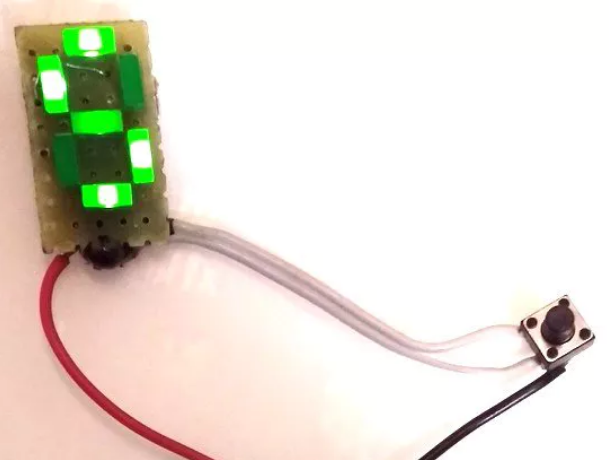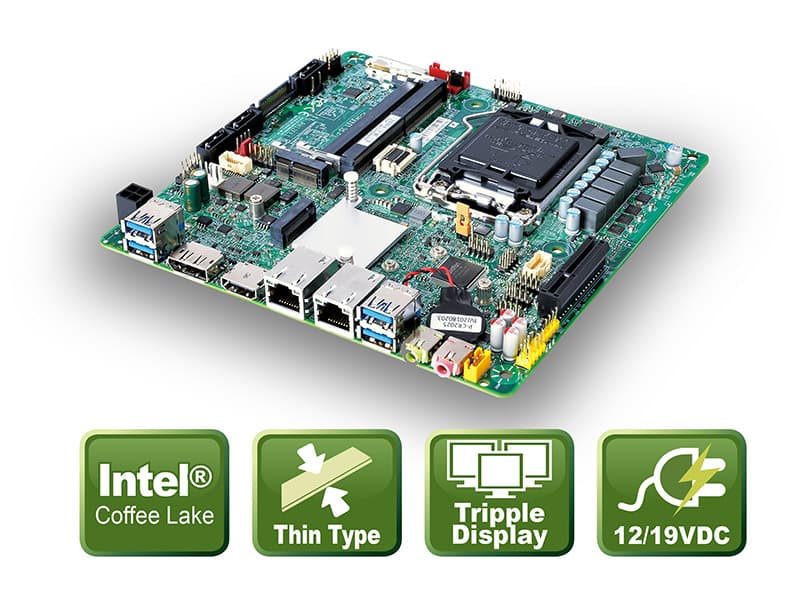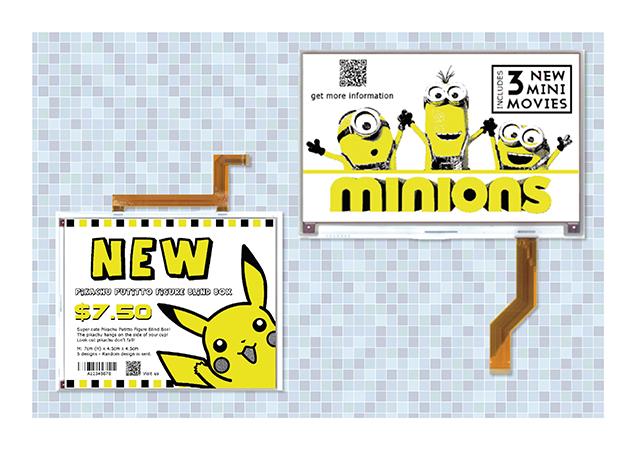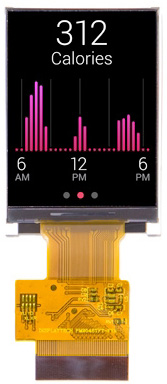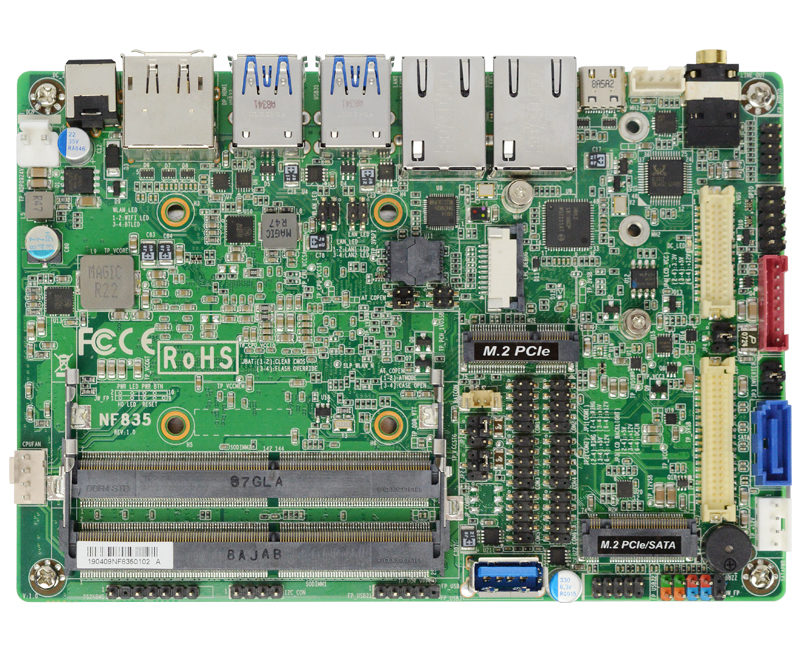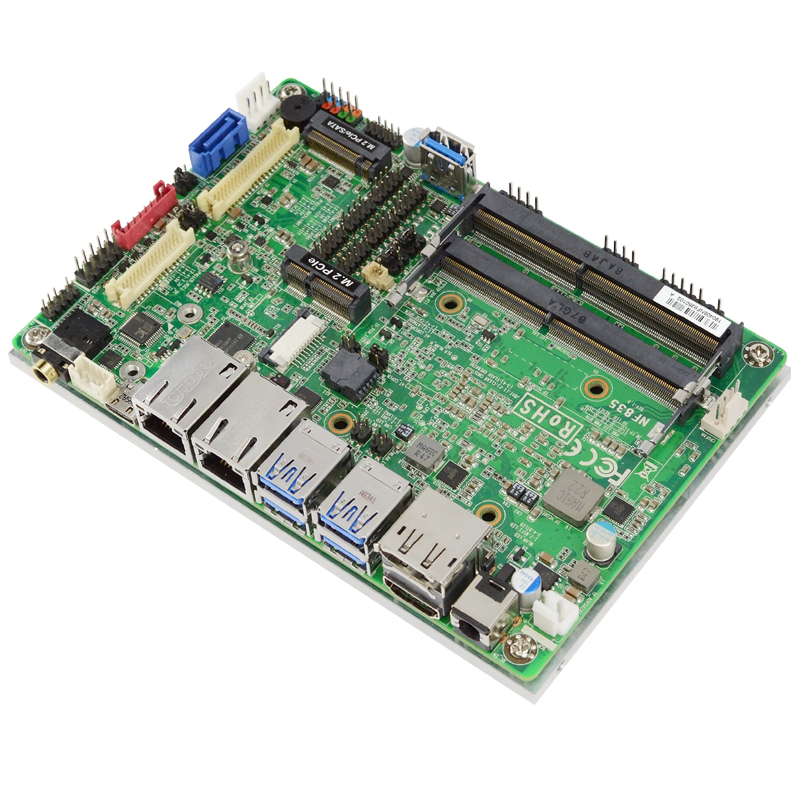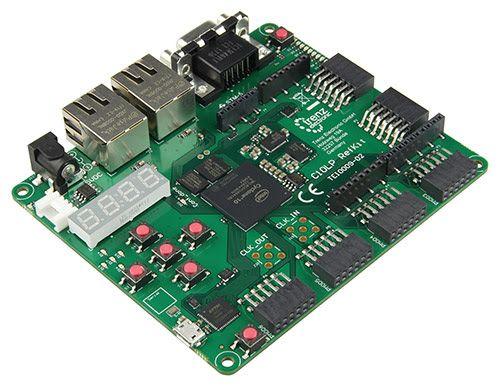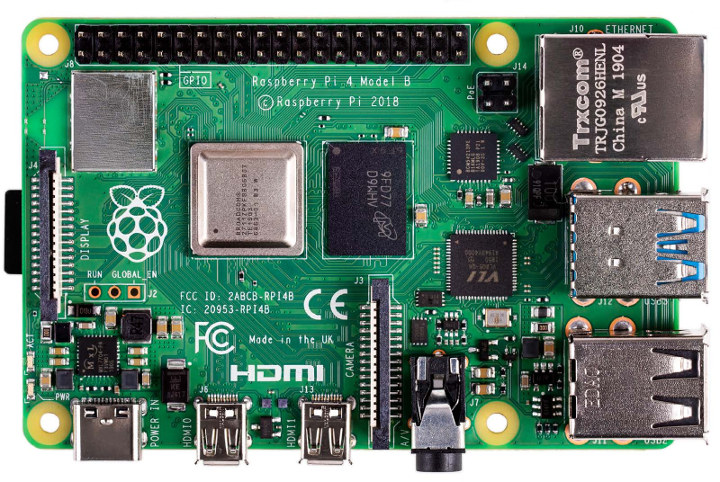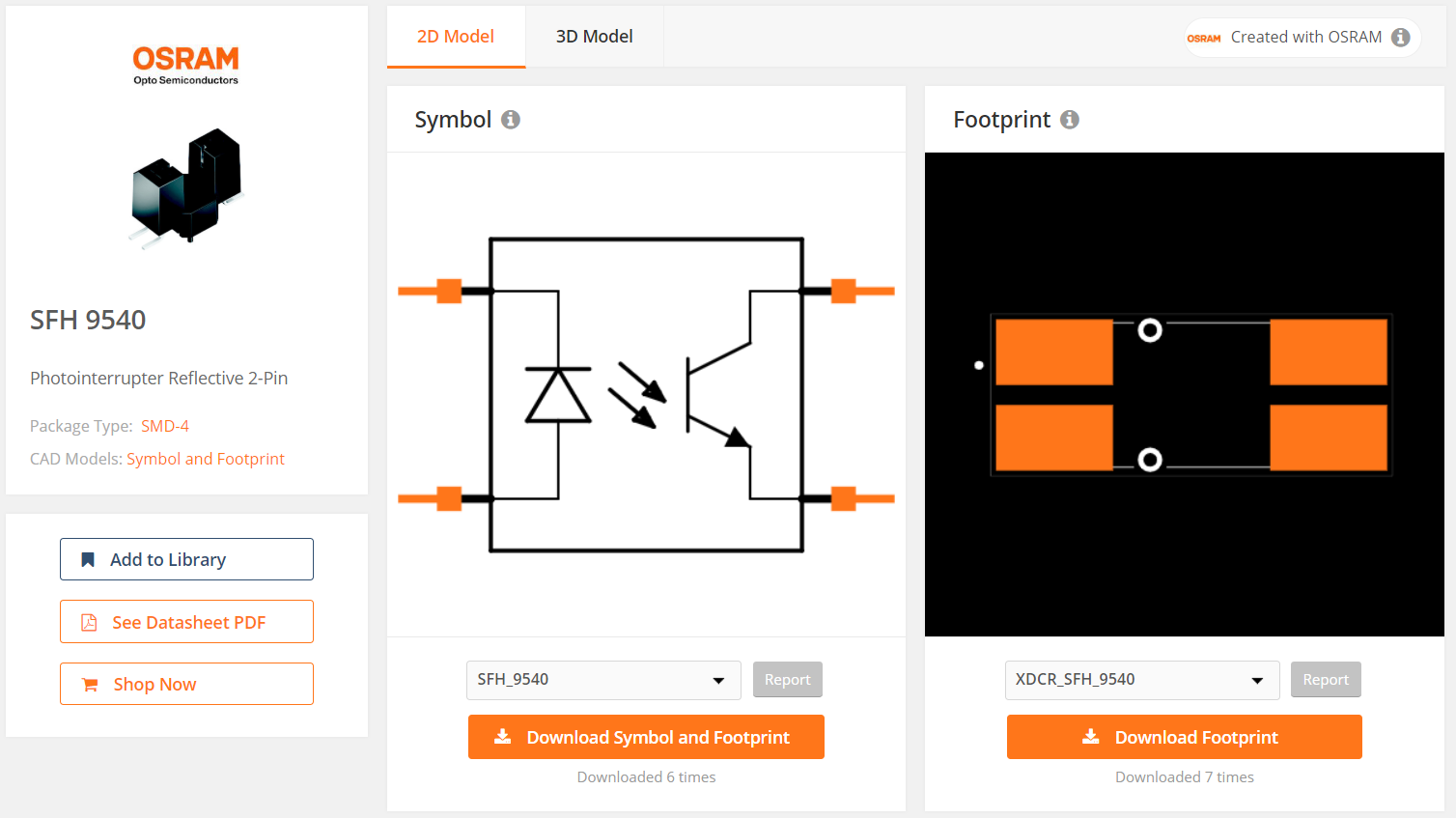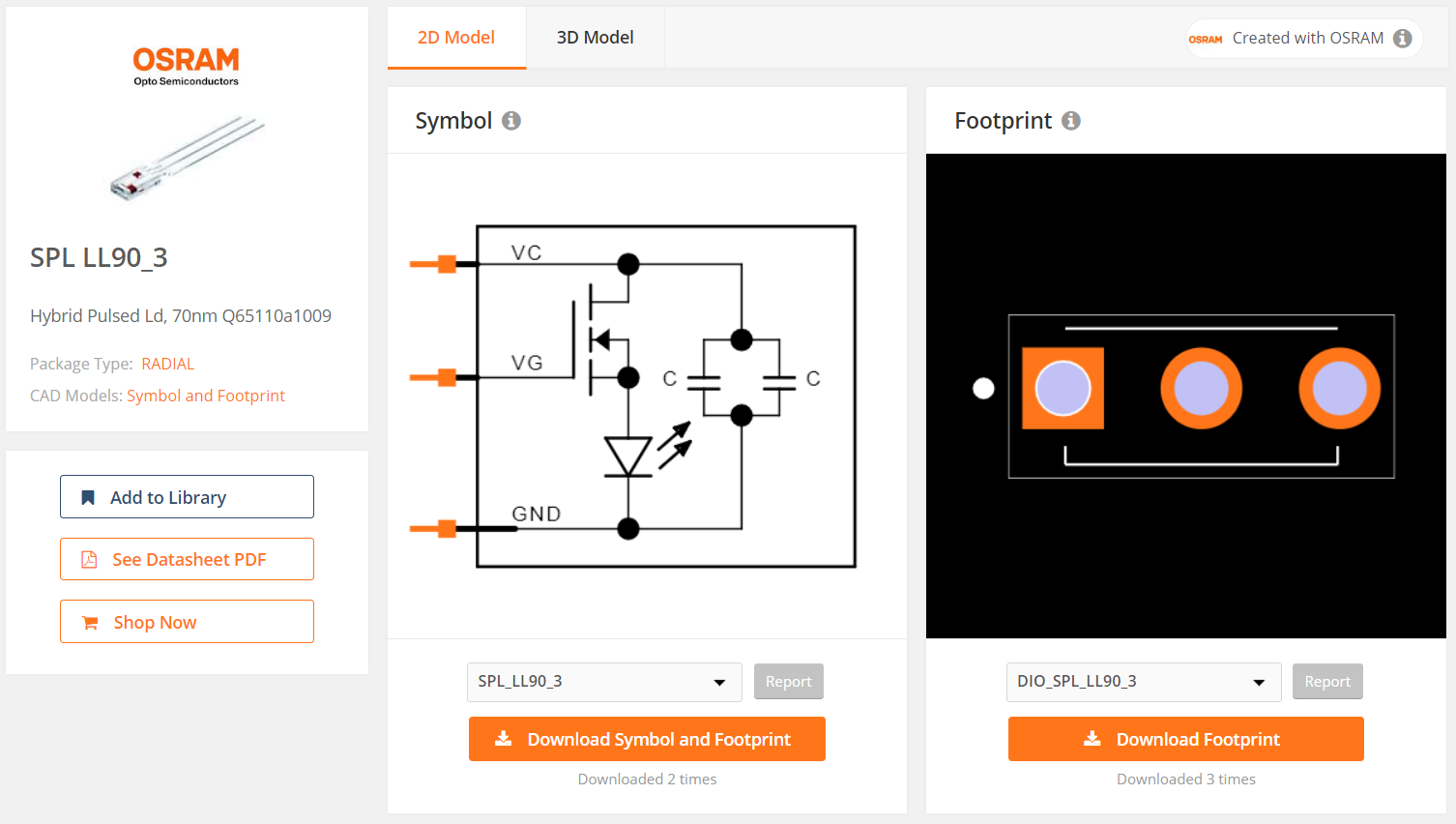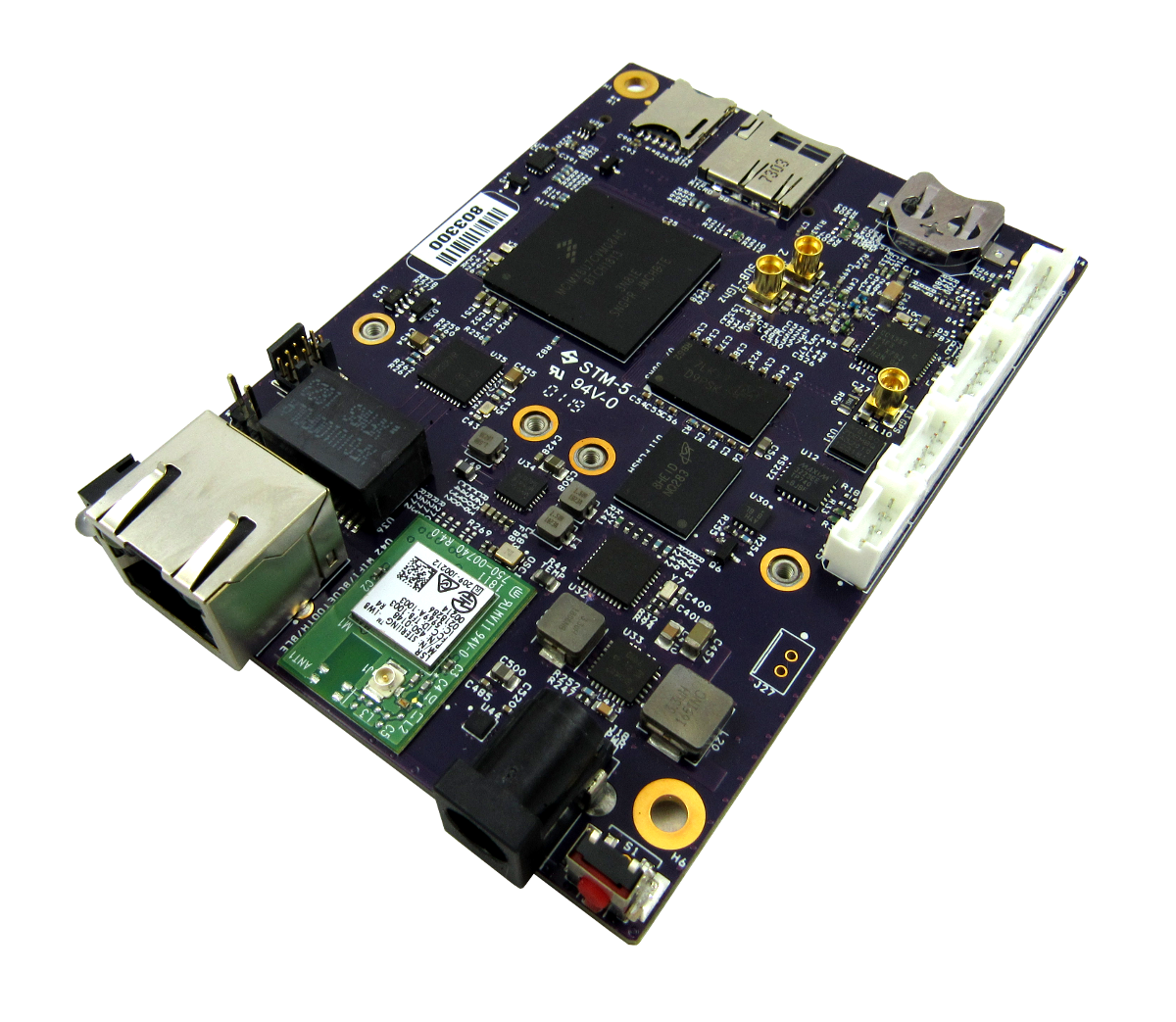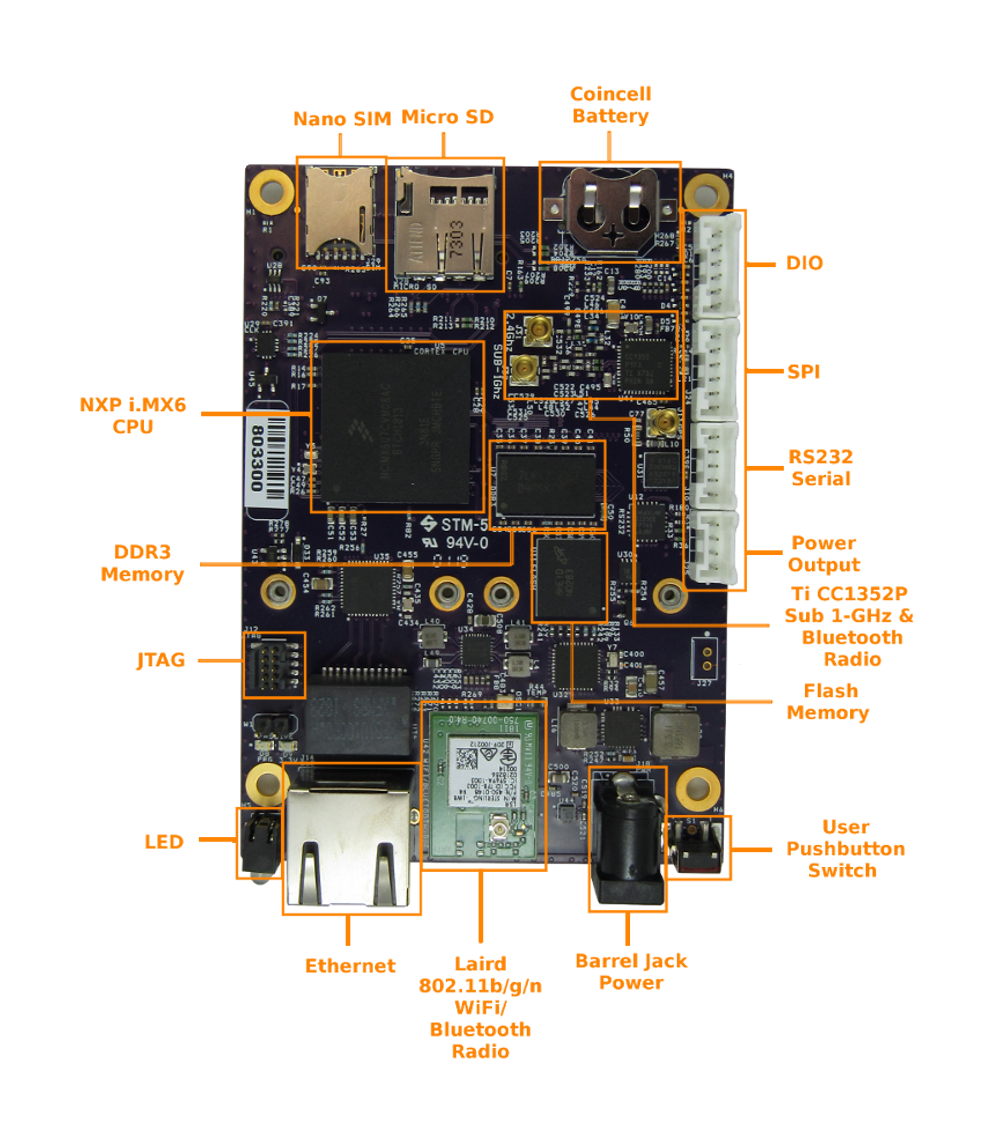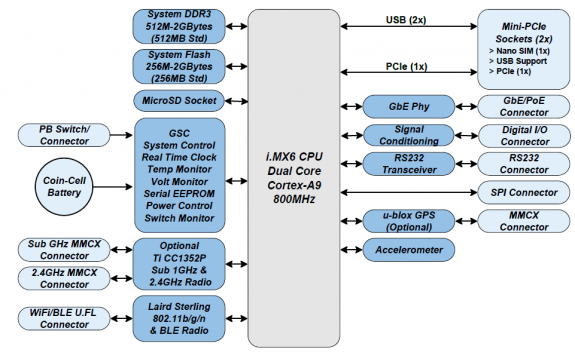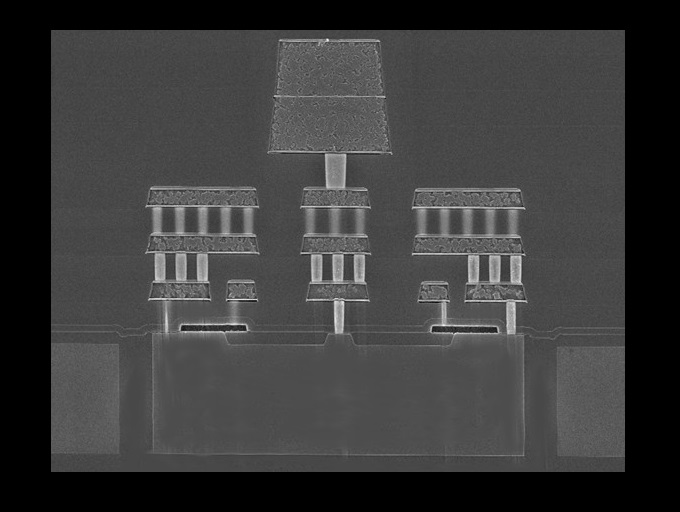
X-FAB Silicon Foundries SE, the leading analog/mixed-signal and specialty foundry today announced the availability of new high-voltage primitive devices targeted at the growing market for automotive 48V board net and battery management system (BMS) ICs.
Covering voltages of 70V to 125V, these complementary NMOS/PMOS devices are based on the company’s XT018 BCD-on-SOI (https://www.xfab.com/en/technology/soi/018-um-xt018/) platform with deep trench isolation (DTI) and support for automotive AEC-Q100 Grade 0 products. They deliver competitive on-resistance (Rdson) figures, while still providing robust safe-operating areas for Rdson, Idsat and Vth. A highly effective ESD protection mechanism has been incorporated to ensure long-term operational reliability. In addition, high-voltage N-channel depletion transistors based on the new voltage classes are also available. These will enable simple, area efficient start-up circuitry and voltage regulator implementations to be realized.
48V subsystems are being increasingly adopted by the world’s leading automakers as a means to improve fuel efficiency and reduce CO2 emissions. Mild hybrid cars are the first to utilize 48V-rated components, which will initially focus on a number of core elements, like starter/generators, DC-DC converters and battery management subsystems, as well as other high-current functions, such as water pumps and cooling fans.
At the same time, the fast growing Li-Ion battery markets for electric vehicles and energy storage is moving to taller battery cell stacks which require higher voltages. The XT018 BCD-on-SOI platform now provides an even more flexible voltage offering up to 200V to support the increasing number battery cells that need to be monitored by a single BMS IC.
BCD-on-SOI is superior in many aspects when compared to conventional bulk BCD technologies, making it attractive to designers. Key advantages include virtual latch-up free circuits, strong EMC performance (due to complete isolation with buried oxide/DTI) and simplified handling of below ground transients. Furthermore, through the potential for significant die size reduction along with first-time-right implementation, development periods can be accelerated and lower costs per die can be achieved.
“As the premier high-voltage SOI foundry, X-FAB is now better positioned than ever to support automobile electrification,” states X-FAB CEO Rudi De Winter. “This extension to the popular XT018 platform further strengthens our offering to the hybrid/electric vehicle sector. It means that through this, plus our SiC and galvanic isolation capabilities, we can supply clients with another vital building block that will help accelerate society’s migration to more environmentally friendly transportation.”
About X-FAB
X-FAB is the leading analog/mixed-signal and MEMS foundry group manufacturing silicon wafers for automotive, industrial, consumer, medical and other applications. Its customers worldwide benefit from the highest quality standards, manufacturing excellence and innovative solutions by using X-FAB’s modular CMOS and SOI processes in geometries ranging from 1.0 to 0.13 µm, and its special SiC and MEMS long-lifetime processes. X-FAB’s analog-digital integrated circuits (mixed-signal ICs), sensors and micro-electro-mechanical systems (MEMS) are manufactured at six production facilities in Germany, France, Malaysia and the U.S. X-FAB employs about 4,000 people worldwide. www.xfab.com


